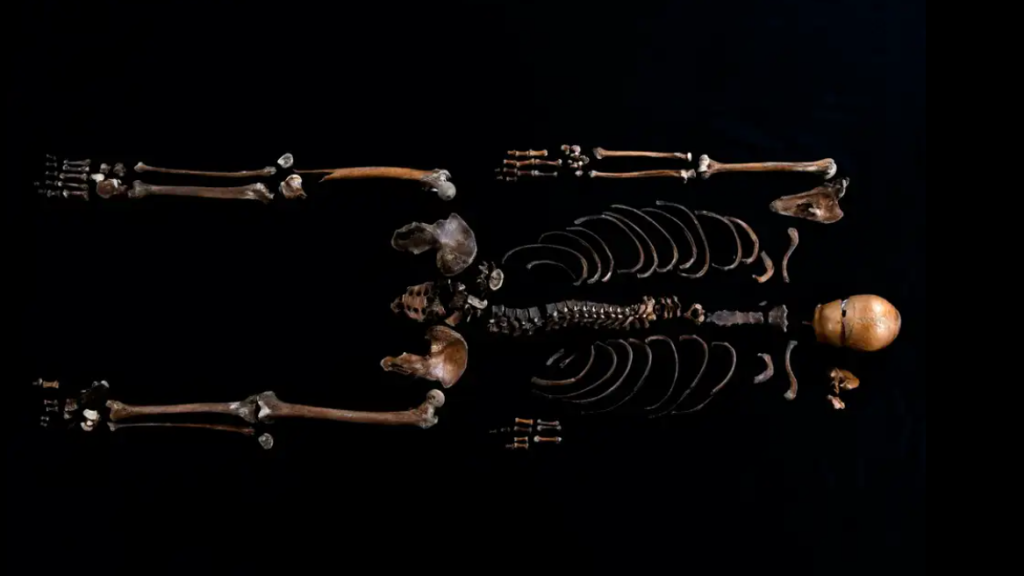An ancient Norwegian saga recounts a man thrown into a well during a castle siege, potentially as an early act of biological warfare.
Others are reading now
A Norwegian saga from more than 800 years ago details a rival clan hurling a dead man into a castle well—an account that may have been an early form of biological warfare.
Researchers now believe they have identified the skeleton of this very man, using DNA analysis and radiocarbon dating to link his remains to the saga’s tale.
The story is found in the Sverris saga, a 12th-century text chronicling King Sverre Sigurdsson’s battles.
The saga describes a siege on Sverresborg castle, near Trondheim, where invaders threw a dead man into the community’s only water source, likely to foul it.
Also read
For decades, a skeleton discovered in 1938 at the bottom of a well on the castle grounds was believed to be this “Well Man.”
But until now, no scientific evidence could confirm this link.
In a new study, Anna Petersén and her team from the Norwegian Institute of Cultural Heritage Research analyzed a tooth from the skeleton. Radiocarbon dating placed the man’s life within the time frame of King Sverre’s battles, while DNA analysis added fascinating details to his story.
According to Petersén, DNA points to blue eyes, light-brown or blond hair, and roots in Norway’s Vest-Agder region.
“The circumstantial evidence is consistent with this conclusion,” says Petersén, though definitive proof remains elusive.
Interestingly, the researchers found no conclusive signs that the man was used as a biological weapon—no clear evidence of disease. However, they can’t rule out the possibility, leaving the question open.
“This is, to my knowledge, the oldest case where genomic information has been recovered from a specific character mentioned in an ancient text,” Michael Martin from the Norwegian University of Science and Technology states, as cited by New Scientist.
Martin suggests that similar techniques could help reconstruct lives of historical figures or uncover unknown stories from other archaeological finds.


